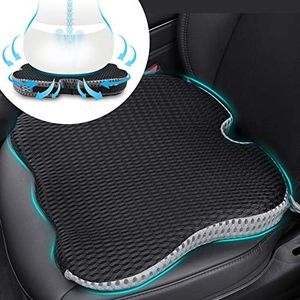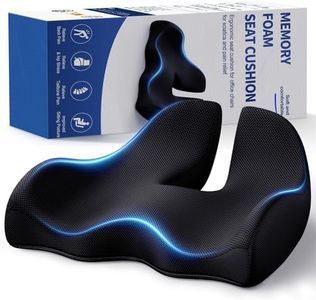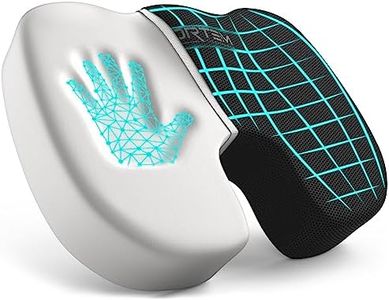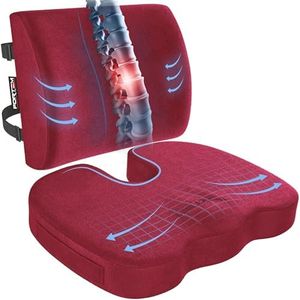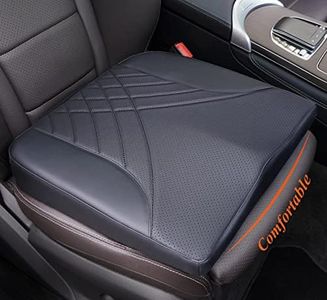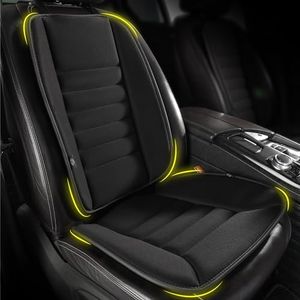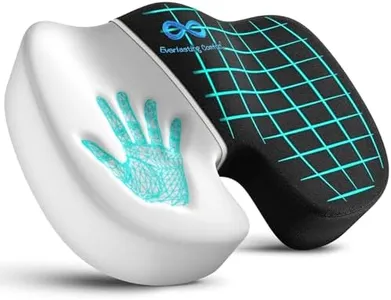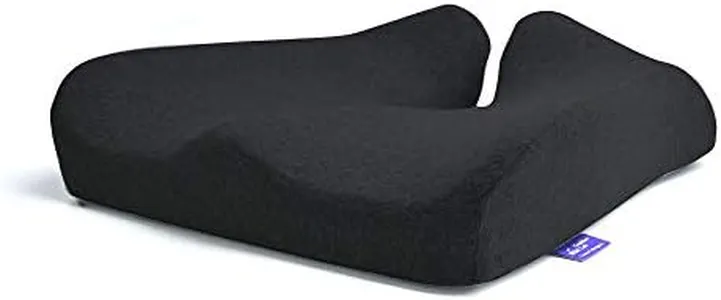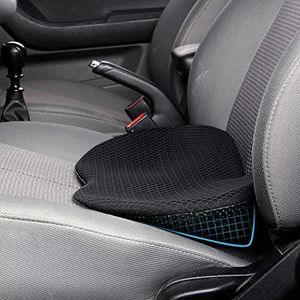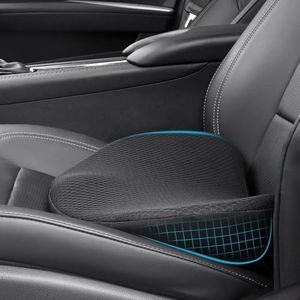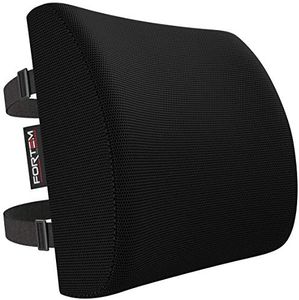We Use CookiesWe use cookies to enhance the security, performance,
functionality and for analytical and promotional activities. By continuing to browse this site you
are agreeing to our privacy policy
10 Best Driving Cushions
From leading brands and best sellers available on the web.Buying Guide for the Best Driving Cushions
Choosing the right driving cushion can make a big difference in your daily comfort and long-term health, especially if you spend long hours in the car. The right cushion helps with posture, relieves pressure points, and may even ease back or tailbone pain. To find your best fit, think about how long you drive each day and any specific discomforts or issues you often experience. Picking the right cushion is all about matching its features to your body type, current health needs, and the type of seat in your car.Cushion MaterialThe material of a driving cushion affects both its comfort level and durability. Common options include memory foam, gel, and standard foam. Memory foam is soft and molds to your body, providing pressure relief and support for daily use. Gel cushions use a layer of gel either on its own or alongside foam to offer cooling comfort, which can be ideal if you drive in warm climates or during summer. Regular foam cushions are usually firmer and offer a more basic level of comfort. If you need a cushion for longer drives or have sensitive areas like the tailbone, memory foam or gel might serve you better, while firmer foam may suit those who just need a small boost or are seeking posture correction.
Shape and ContourDriving cushions come in various shapes, from flat pads to ergonomic designs with contours for different body areas. Simple flat or slightly curved cushions provide a general comfort increase and are easy to fit in most vehicles. Contoured or orthopedic cushions are shaped to provide targeted support—for example, cut-out areas for tailbone (coccyx relief) or raised edges for thigh support. If you have specific pain points or posture concerns, an ergonomic or contoured cushion would be best, while a flat version is great if you're just looking for added softness.
ThicknessThickness impacts both comfort and practicality. Thicker cushions (more than 2 inches) provide more padding, which is helpful on long trips or if your car seats are especially hard. However, they can also raise your seating position, possibly affecting headroom, mirror alignment, or how comfortably you reach the pedals. Thinner cushions (around 1 to 2 inches) are less obtrusive and work for quick trips or minor discomfort. To pick the right thickness, think about your car's interior design and how much additional height is comfortable for your driving style.
Cover Material and WashabilityThe outer material of a cushion affects both the feel and ease of cleaning. Breathable, soft covers (like mesh or velour) add comfort and help reduce sweating during long drives. Removable and machine-washable covers are important if you want to keep the cushion clean and fresh, especially with frequent use or if you often eat in the car. For those who need something low-maintenance, a washable or wipeable cover is the practical choice.
Non-slip BaseA non-slip base keeps the cushion in place as you get in and out of your car or during sharp turns and stops. Cushions with rubberized or textured undersides stay more secure, providing safer and more consistent support. If you're an active driver or your car seat materials are smooth, look for this feature to avoid having to constantly readjust your cushion.
Portability and SizeThe size and weight of a cushion determine how easy it is to move between vehicles or take on trips. Standard-sized cushions fit most car seats, but if you have a particularly small or large seat, check the dimensions. Lightweight and foldable cushions are convenient if you plan to use them in more than one car, while larger or firmer options are better left installed for daily use. Match the size of the cushion to your car's seat and to your preference for easy portability.
